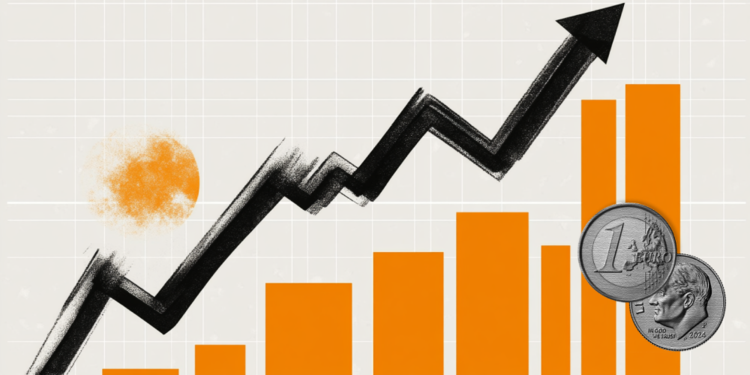- EUR/USD gains traction around 1.1370 in Friday’s early Asian session.
- ECB cut interest rates to their lowest level since late 2022.
- Fed’s Powell warned that Trump’s tariffs could lead to a challenging scenario for the US central bank.
The EUR/USD pair attracts some buyers to near 1.1370 during the early Asian session on Friday. The concerns over the economic impact of tariffs continue to drag the US Dollar (USD) lower against the Euro (EUR). Traders will closely monitor the developments surrounding US trade talks. Trading volume is likely to be lightened on Good Friday.
The European Central Bank (ECB) cut interest rates for the third time this year on Thursday, bringing its main interest rate to 2.25% in response to slowing growth and US President Donald Trump’s tariffs. ECB President Christine Lagarde said during the press conference that US tariffs on EU goods, which had increased from an average of 3% to 13%, were already harming the outlook for the European economy.
Analysts believe that further rate cuts in June are still highly possible and that only a major easing in trade tensions would convince the ECB to pause. “It has a dovish tone. Focus has shifted to looking at the downside risk to the growth outlook rather than the upside risk to inflation,” said Kirstine Kundby-Nielsen, FX analyst at Danske Bank. The dovish stance of the ECB could weigh on the shared currency in the near term.
Across the pond, the Federal Reserve (Fed) Chair Jerome Powell turned hawkish, saying that a weak economy and high inflation could conflict with the Fed’s goals and make a stagflationary scenario possible. His comments reduced the likelihood of a Fed rate reduction in June, which lifts the US Dollar (USD) against the EUR. Money market traders have priced in nearly 86 bps of Fed rate cuts by the end of 2025, with the first cut expected in July, according to the CME FedWatch tool.
Euro FAQs
The Euro is the currency for the 19 European Union countries that belong to the Eurozone. It is the second most heavily traded currency in the world behind the US Dollar. In 2022, it accounted for 31% of all foreign exchange transactions, with an average daily turnover of over $2.2 trillion a day.
EUR/USD is the most heavily traded currency pair in the world, accounting for an estimated 30% off all transactions, followed by EUR/JPY (4%), EUR/GBP (3%) and EUR/AUD (2%).
The European Central Bank (ECB) in Frankfurt, Germany, is the reserve bank for the Eurozone. The ECB sets interest rates and manages monetary policy.
The ECB’s primary mandate is to maintain price stability, which means either controlling inflation or stimulating growth. Its primary tool is the raising or lowering of interest rates. Relatively high interest rates – or the expectation of higher rates – will usually benefit the Euro and vice versa.
The ECB Governing Council makes monetary policy decisions at meetings held eight times a year. Decisions are made by heads of the Eurozone national banks and six permanent members, including the President of the ECB, Christine Lagarde.
Eurozone inflation data, measured by the Harmonized Index of Consumer Prices (HICP), is an important econometric for the Euro. If inflation rises more than expected, especially if above the ECB’s 2% target, it obliges the ECB to raise interest rates to bring it back under control.
Relatively high interest rates compared to its counterparts will usually benefit the Euro, as it makes the region more attractive as a place for global investors to park their money.
Data releases gauge the health of the economy and can impact on the Euro. Indicators such as GDP, Manufacturing and Services PMIs, employment, and consumer sentiment surveys can all influence the direction of the single currency.
A strong economy is good for the Euro. Not only does it attract more foreign investment but it may encourage the ECB to put up interest rates, which will directly strengthen the Euro. Otherwise, if economic data is weak, the Euro is likely to fall.
Economic data for the four largest economies in the euro area (Germany, France, Italy and Spain) are especially significant, as they account for 75% of the Eurozone’s economy.
Another significant data release for the Euro is the Trade Balance. This indicator measures the difference between what a country earns from its exports and what it spends on imports over a given period.
If a country produces highly sought after exports then its currency will gain in value purely from the extra demand created from foreign buyers seeking to purchase these goods. Therefore, a positive net Trade Balance strengthens a currency and vice versa for a negative balance.

